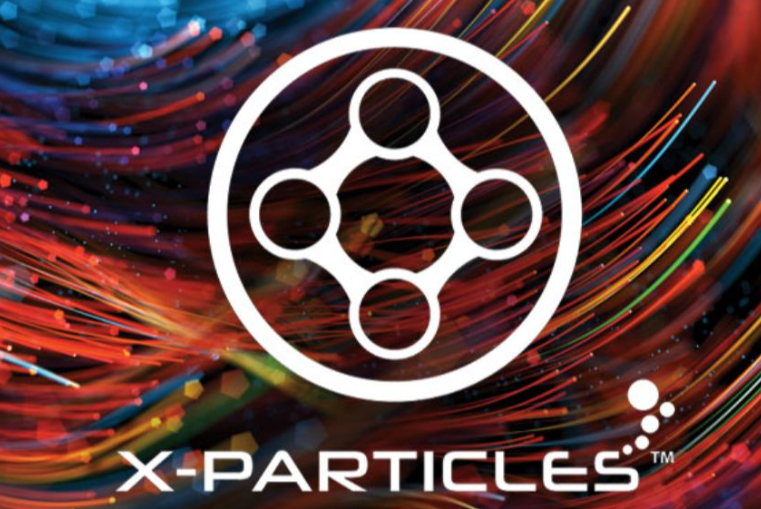Usually, Occlusion Pass is used to add depth to the rendering effect during post-processing, and KeyShot 3D rendering software allows you to do so with the help of Occlusion material. Previously, I introduced how Occlusion works in KeyShot?
For example:

To add more depth to this rendering, it is necessary to create an occlusion pass in KeyShot, as shown in the following figure:

Occlusion pass mainly creates very precise and smooth shadows based on nearby geometric shapes (as shown above). To synthesize these shadows, both need to be merged into a layer in Photoshop. Occlusion pass is located at the top layer, and the layer blending mode is set to Multiple. This will make the component lines darker and enhance the contrast of more detailed areas. The following is the rendering:

Creating an occlusion pass in KeyShot is very simple:
Step 1: Create a new scene setting.
Right click on [Scene Settings] and select [Add Scene Settings].

Step 2: Apply Occlusion.
In the project window scene tree, drag the Occlusion material (which can be found in the Miscellaneous materials folder) to the top level of the model.
Step 3: Modify the material type (optional).
In the Materials tab of the project window, select [Flat] from the Material Type drop-down list (this material is not affected by ambient lighting).
Step 4: Enable performance mode.
Press Alt+P (or click Lighting>Performance Mode) to enable performance mode in KeyShot, which will disable global lighting and shadows, accelerating rendering speed.

KeyShot provides an option to add scene settings to the rendering queue, which is a fast and simple way to render occlusion passes.









